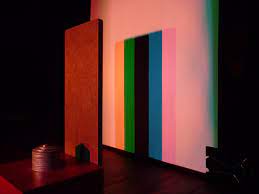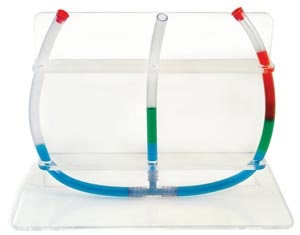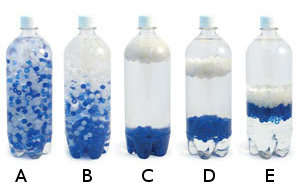 by: Lee Walker
by: Lee Walker
When we are doing a Partnership for Learning.com Science Adventure on phases of matter we like having this conservation of mass experience in the bag of tricks. It can be done in minutes and is extremely reliable. All you need is the simplest (and least expensive) OHAUS classroom balance from Educational Innovations, the Ice Melting Block set from Educational Innovations, a pair of wire cutters and some paper clips, (just in case you need to whip up some mass bits of less than a gram) and a nicely formed ice cube. We like to use the aluminum blocks and O-rings from two of the Ice Melting Block sets just to simplify the balancing and have found that having more than one set of the blocks is good for the original activity anyway.
Here we go……. Read the rest of this entry »



 Posted by Tami O'Connor
Posted by Tami O'Connor  By: Martin Sagendorf
By: Martin Sagendorf
 by: Tami O’Connor
by: Tami O’Connor

